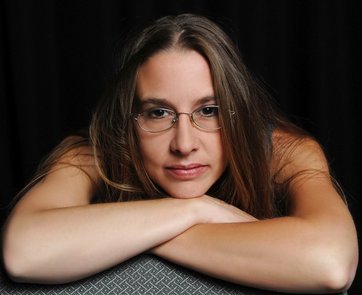The
City of the Sun, by Tommaso Campanella, is an essential early
utopian political, religious, philosophical and prose dialogue written after the
author’s imprisonment during the Inquisition for heresy and free speech in 1602.
Inspired by Plato’s Republic, The City of the Sun is a conversation between
a grandmaster of the knights and a sea captain. Campanella, of the Dominican
Order, was educated in medieval fashions. Logic and revelation defined the pathway
to truth, yet Campanella revolted against absolutes. The City of the Sun signifies a shift in thought from old to
new in direct relation to the suffering the author experienced due to his
religious and political ideals. This utopian work means to reflect an order
where freethinking individuals can flourish, a theocratic society, where goods,
services, women, and children are equal.
The
story begins when the grandmaster questions the captain and the captain speaks of
“the City of the Sun”, a utopian state from whence he came. The first dystopian
themes appear when the captain states, “I
came upon a large crowd of men and armed women.” (Campanella, The City of the Sun). Secondly, when the sailor describes the city,
he reiterates how secure it is. “. . . so
that he who wishes to capture that city must, as it were, storm it seven times”
and continues with “ . . . I think
that not even the first wall could be occupied, so thick are the earthworks and
so well fortified is it with breastworks, towers, guns, and ditches.” (Campanella,
The City of the Sun).
Utopia signifies
ideal perfection, a society that incorporates social improvement and political
perfection where equality and peace exist, a community that embodies simple
states of happiness and fulfillment. Yet the captain describes to the
grandmaster a dystopian world, one where people are armed. The fashion the city
is built describes a modern day military complex. This “utopian” city is not a
welcoming place. One must bombard it in order to enter much like current
oppressive societies, war, and revolution.
Furthermore,
a main ruler, as well as various rulers for diverse subjects, is in place in
this “supposed” utopian city, “The great
ruler among them is a priest whom they call by the name Hoh, though we should
call him Metaphysic. He is head over all, in temporal and spiritual matters,
and all business and lawsuits are settled by him, as the supreme authority.”
(Campanella, The City of the Sun). The
captain continues to relate to the grandmaster how the ruler, Hoh, is
responsible for all matters relating to war and the military arts, attending to
all aspects of ruling in a “warlike” nature. There are soldiers, munitions,
military planning, and armories. There is mention of hate towards a sordid
legislator under Hoh.
While
love claims to be the foremost ruler in charge of this city and race of people,
everything regarding breeding, marriage, education of children, medicine,
agriculture, food, clothing, and sexual intercourse requires governing. In
addition, along with Hoh, three separate rulers are responsible for the crux of
decisions that affect this community. “Metaphysic,
then, with these three rulers, manages all the above-named matters, and even by
himself alone nothing is done; all business is discharged by the four together
. . .” (Campanella, The City of
the Sun).
This
“City of the Sun” is far more dystopian in nature than utopian. This not only mimics
our current state of government, but of an even further “right” and “left”
government that we currently do not have. This city replicates a combination of
medieval society with a strictly political and religious governing body. Equality
is not mentioned, only rulers, ruling, and supreme decisions made by four people,
not by the citizens, of the people, for the people and by the people, but by
four people. Considering the publication of The City of the Sun, 1602, during the Inquisition,
it is understandable how the current state of the world was desirable, however,
from the perspective of 2017, this “utopia” is far too close, if not worse,
than what exists.
Works
Cited
 1. Do you have a writing routine? If so, what is it?
1. Do you have a writing routine? If so, what is it?

